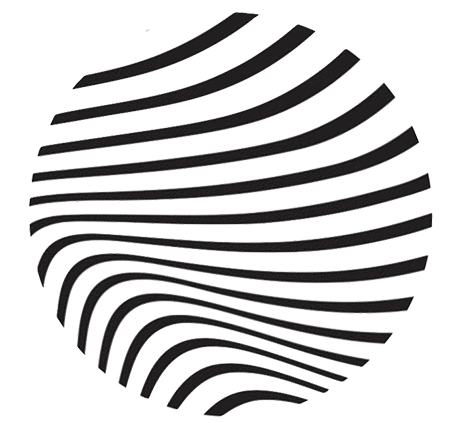Hair loss can often go unnoticed until it becomes a visible concern.
To detect and address it early, follow these professional self-assessment methods:

1. Assess Hair Shedding
Pillow Test: Each morning, examine your pillow for an unusual amount of shed hair. Significant increases in hair shedding may indicate an issue.
Shampoo Test: During washing, count the strands lost. Exceeding 50 hairs per session can be a warning sign.
2. Examine Scalp Condition
Evaluate Scalp Health: A healthy scalp is free from excessive oiliness, dryness, or dandruff. Any abnormal conditions may signify underlying issues.
Monitor Hairline: Pay attention to gradual recession or thinning along the sides of the head, which could be early indicators of hair loss.
3. Analyze Hair Density
Inspect the Crown: Using a mirror, observe the top of your head. Visible scalp or thinning in this area may suggest reduced follicle density.
Perform the Pull Test: Gently pull a small section of hair. Losing more than three strands per pull indicates potential stress on your follicles.
4. Recognize Hair Loss Patterns
Male Pattern Hair Loss: Typically begins with a receding hairline, forming an “M” or “U” shape.
Female Pattern Hair Loss: Manifests as thinning at the crown while maintaining the hairline.
Alopecia Areata: Sudden bald patches in circular or oval shapes require prompt medical attention.
5. Document Changes
Maintain a log of hair shedding, scalp health, and hairline changes to monitor progression. Regular documentation will provide insights into patterns and help in making timely decisions.
Conclusion
Early detection of hair loss is crucial for effective management. By incorporating these self-check methods into your routine, you can address issues promptly and seek professional guidance if needed. Healthy hair is an integral part of confidence—take proactive steps today to maintain it.




